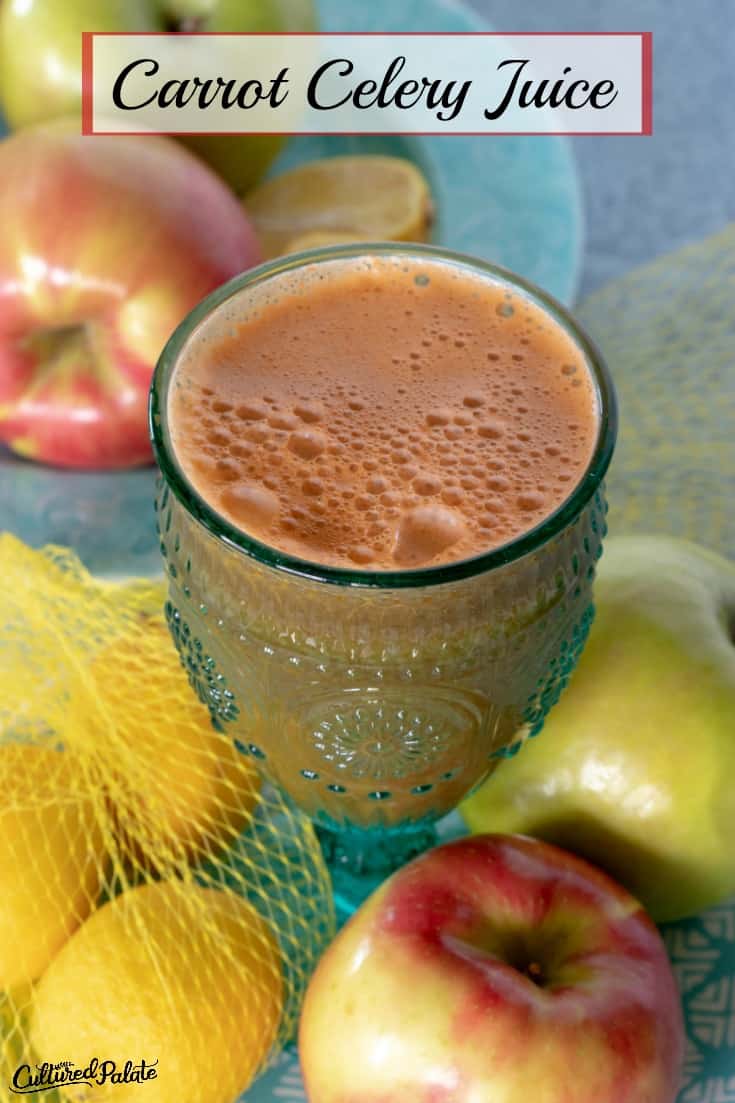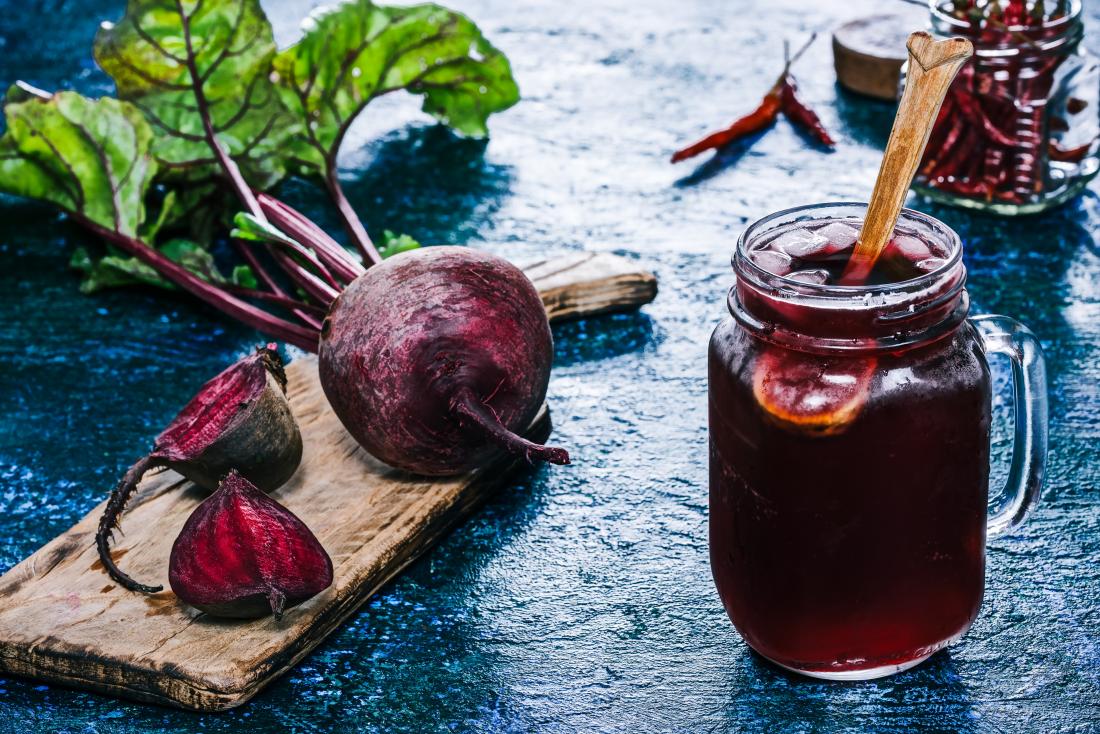If you have ever weighed meat before cooking, you probably noticed it can shrink by as much as 25% while cooking. Fortunately, this loss of weight generally does not impact the nutritional quality of the meat.
If you’re uncertain how much raw or cooked pork to consume, divide the weight by 0.75. This will give an accurate estimation of what to expect.
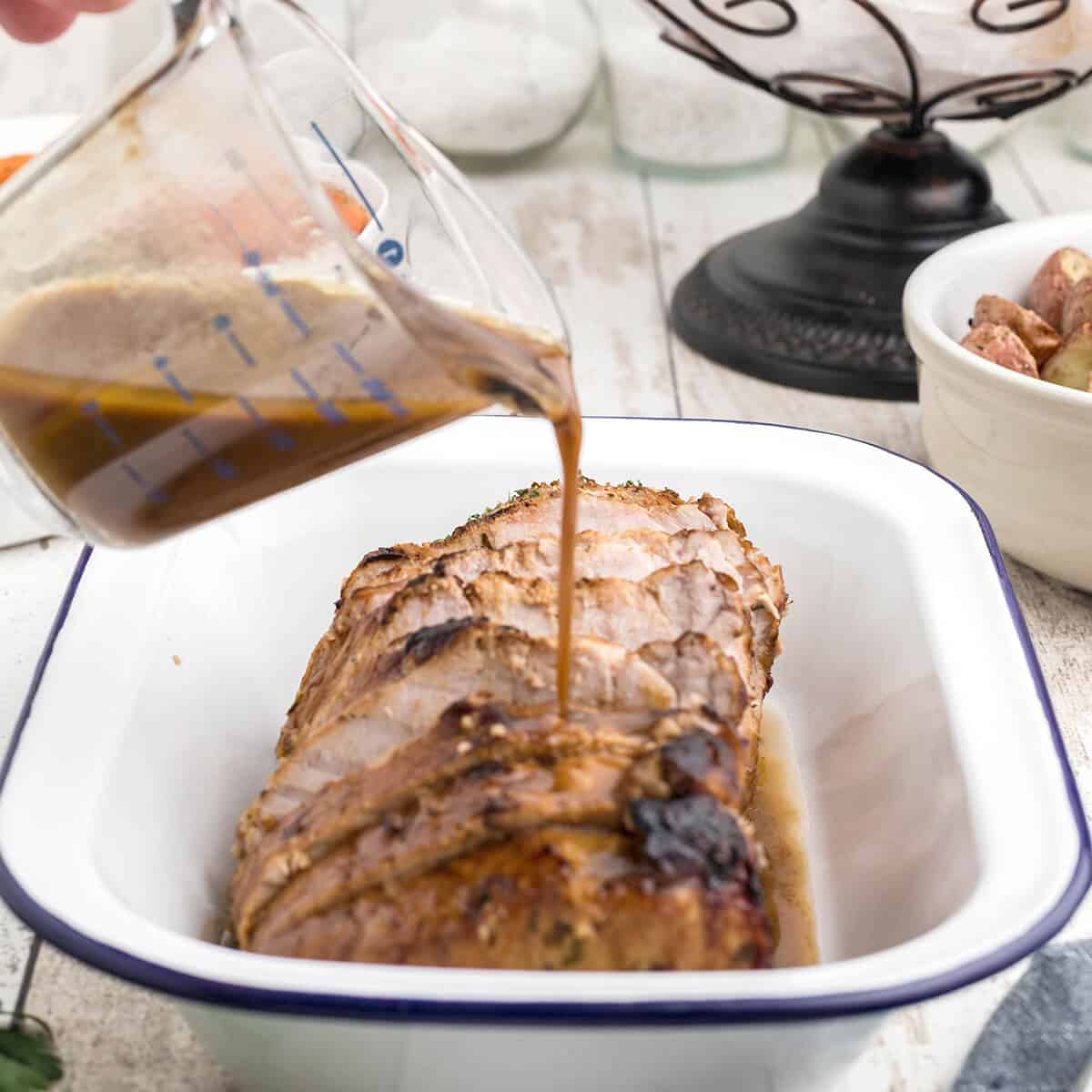
How to Calculate Nutrition of Raw vs. Cooked Pork
Pork is a beloved red meat in many cultures around the world and an excellent source of protein. Additionally, it provides essential vitamins and minerals like phosphorus, selenium and thiamine.
Pork has a high saturated fat and cholesterol content, which could be of concern for those looking to reduce their dietary cholesterol or avoid fatty foods altogether. If you choose to consume pork, be sure to cook it thoroughly and check its temperature with a thermometer before serving.
Calculating the nutrition of a particular food item is easy, and one simple method involves weighing it raw and comparing that with its cooked weight. This approach relies on the idea that when meat is cooked, it loses water and fat, accounting for its nutritional value difference.
Calculating the nutrition of food items can also be done using a conversion table. This chart indicates the approximate difference in weight between cooked and uncooked meat, making it slightly more complicated than simply weighing the meat; however, this conversion estimates how many extra calories must be added to reach your recommended daily allowance.
Nutritionally speaking, food items can vary significantly depending on how they’re prepared and what ingredients are included in a meal. Before making any dietary changes, consult your doctor first. Certain cured pork products like bacon are high in sodium and contain chemical preservatives; instead, opt for leaner varieties with minimal processing.
When calculating the nutritional value of pork, it is important to consider the differences between raw and cooked meat. The cooking process can affect the nutrient content of pork, so it’s important to use different values when calculating the nutrition of raw vs. cooked pork. Here are some tips on how to do it:
- Determine the weight of the raw pork: To calculate the nutrition of cooked pork, you first need to know the weight of the raw pork you started with. This will help you calculate the nutrition per 100 grams of meat.
- Cook the pork: Cook the pork as desired, making a note of any added ingredients such as oils or sauces.
- Weigh the cooked pork: Once the pork is cooked, weigh it again to determine the weight of the cooked meat.
- Use nutrition data for cooked pork: When calculating the nutritional value of cooked pork, use nutrition data for the specific cooking method used. For example, if you roasted the pork, use data for roasted pork. If you grilled the pork, use data for grilled pork.
- Adjust for weight loss: When cooking pork, some of the moisture and fat is lost, which can affect the nutritional value. To account for this, you can use the following formula:Nutrition per 100g of cooked pork = (Nutrition per 100g of raw pork x weight of raw pork) / weight of cooked pork
For example, if you started with 500 grams of raw pork and ended up with 400 grams of cooked pork, and the raw pork had 20 grams of protein per 100 grams, the calculation would be:
Nutrition per 100g of cooked pork = (20 x 500) / 400 = 25 grams of protein per 100g.
By following these steps, you can accurately calculate the nutritional value of raw and cooked pork.
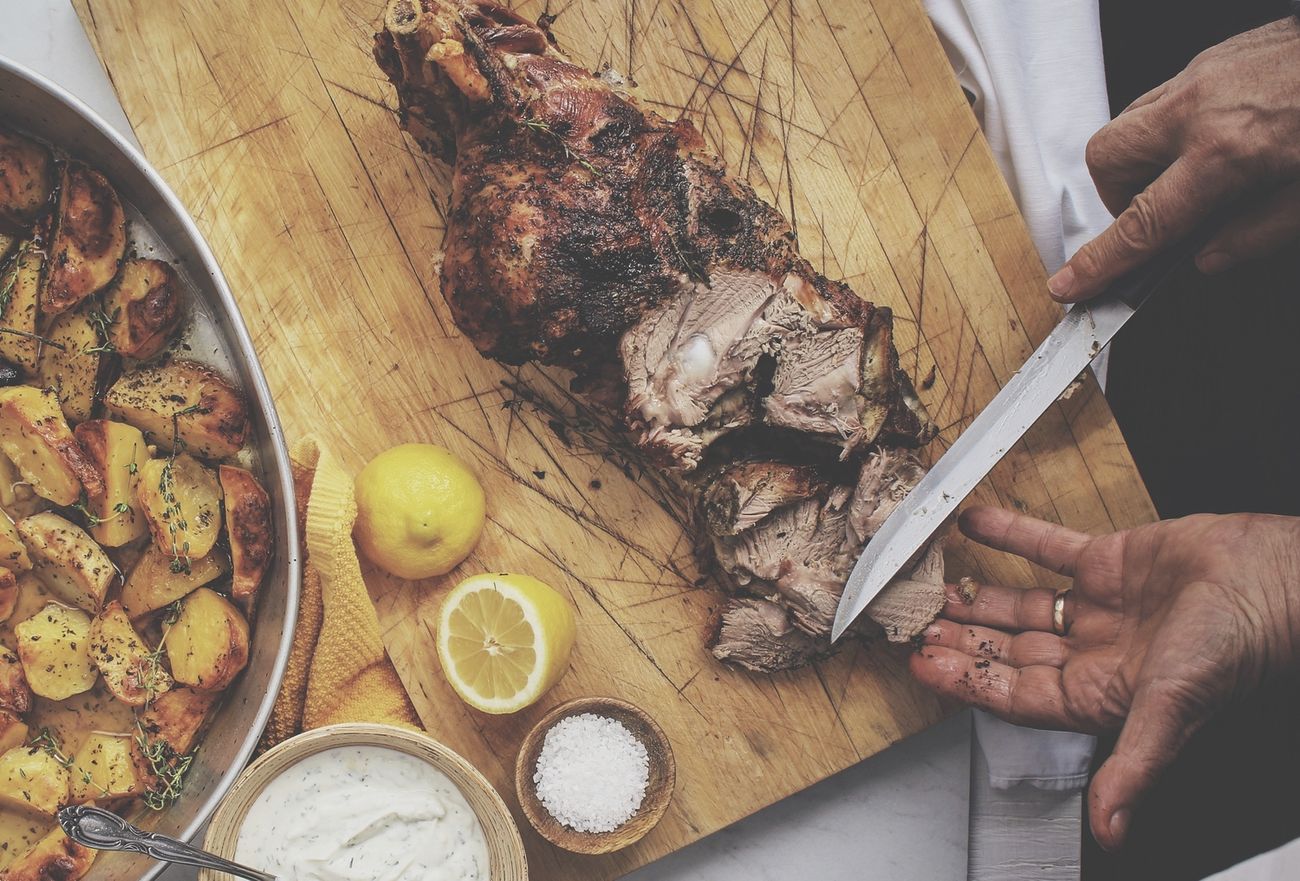
How to Calculate Nutrition of Raw vs. Cooked Chicken
Contrary to popular belief, raw foods do not necessarily contain fewer calories than cooked ones. For instance, raw almonds have fewer calories than their cooked counterparts.
Cooking meat makes the amino acids within it more accessible to digestive enzymes, increasing its nutrient content and making it a more nourishing food overall. Furthermore, cooking red meat releases much of its accumulated fat from muscle tissue.
Cooked chicken breast has more calories than its raw counterpart; 100 grams of raw chicken has approximately 114 calories, while the same amount of cooked chicken contains around 187 calories.
Maintaining a healthy weight requires tracking calories and macros. No matter where you eat – at home, at a restaurant, or shopping for groceries – weigh all foods before combining them into meals. This will help ensure you take in enough nutrients for an efficient and satisfying meal.
To accurately measure nutrition in foods, weigh them before cooking. This is because cooked items usually lose water, fat, and consistency after being cooked.
When weighing foods, remember that proteins tend to be heavier than carbohydrates, fats and other nutrients. Therefore, it’s wise to weigh your proteins before cooking them so you know you’re getting the correct macros.
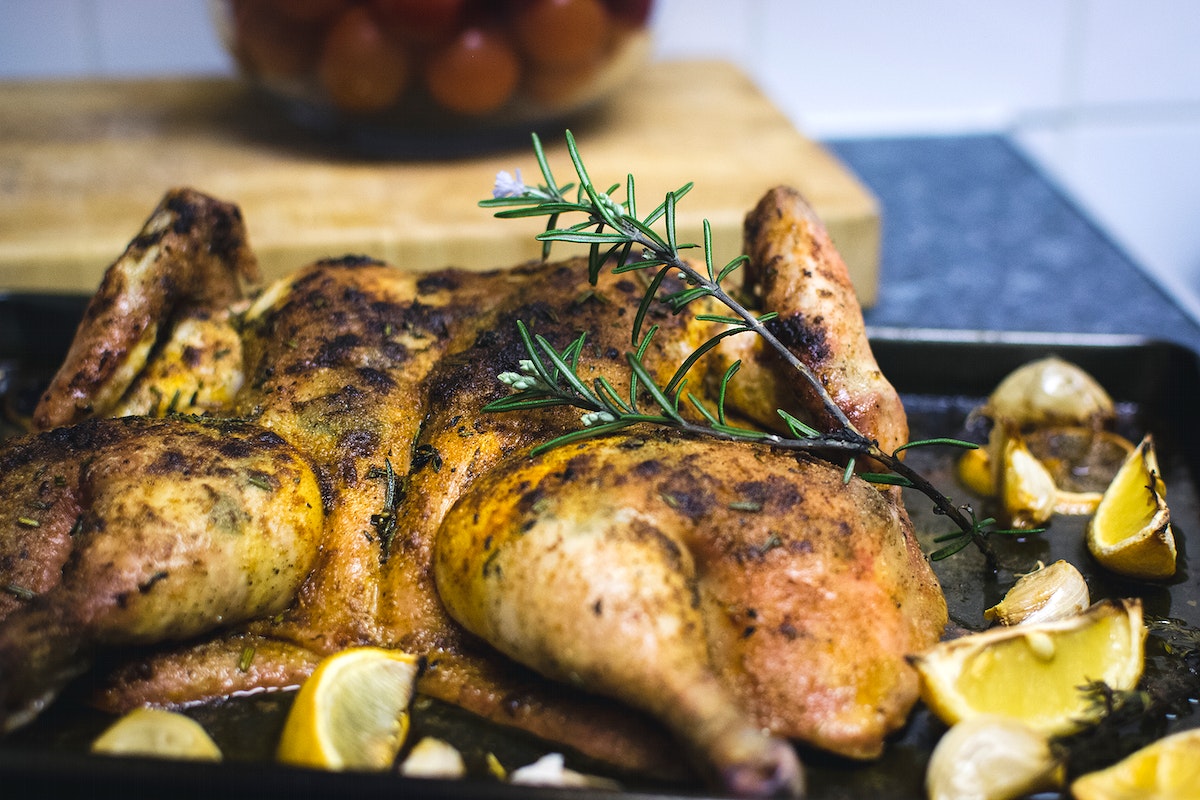
Tracking your food intake helps you stay on track throughout the day, so that you don’t overeat and end up falling off track entirely! Logging all meals helps keep track of their calorie count and macros content so you can stay accountable. Doing this helps prevent overeating or falling off track altogether!
Here are some tips on how to calculate the nutrition of raw vs. cooked chicken:
- Determine the weight of the raw chicken: To calculate the nutrition of cooked chicken, you first need to know the weight of the raw chicken you started with. This will help you calculate the nutrition per 100 grams of meat.
- Cook the chicken: Cook the chicken as desired, making note of any added ingredients such as oils or sauces.
- Weigh the cooked chicken: Once the chicken is cooked, weigh it again to determine the weight of the cooked meat.
- Use nutrition data for cooked chicken: When calculating the nutritional value of cooked chicken, use nutrition data for the specific cooking method used. For example, if you roasted the chicken, use data for roasted chicken. If you grilled the chicken, use data for grilled chicken.
- Adjust for weight loss: When cooking chicken, some of the moisture and fat is lost, which can affect the nutritional value. To account for this, you can use the following formula:Nutrition per 100g of cooked chicken = (Nutrition per 100g of raw chicken x weight of raw chicken) / weight of cooked chicken
For example, if you started with 500 grams of raw chicken and ended up with 400 grams of cooked chicken, and the raw chicken had 20 grams of protein per 100 grams, the calculation would be:
Nutrition per 100g of cooked chicken = (20 x 500) / 400 = 25 grams of protein per 100g of cooked chicken.
By following these steps, you can accurately calculate the nutritional value of raw and cooked chicken.
How to Calculate Nutrition of Raw vs. Cooked Beef
When reading nutrition facts on packages of meat or recipes online, oftentimes the label will read “based on raw weight.” This means that even though the meat has been cooked, it doesn’t guarantee more or less nutritional value than if it were raw. This can be confusing and lead to unhealthy eating habits if not addressed promptly.
To prevent this, weigh your raw meat before cooking it and track its nutrition based on the nutrition facts on the packaging. Doing this will guarantee you’re getting appropriate amounts of protein, fat and carbohydrates for whatever amount of meat you have.
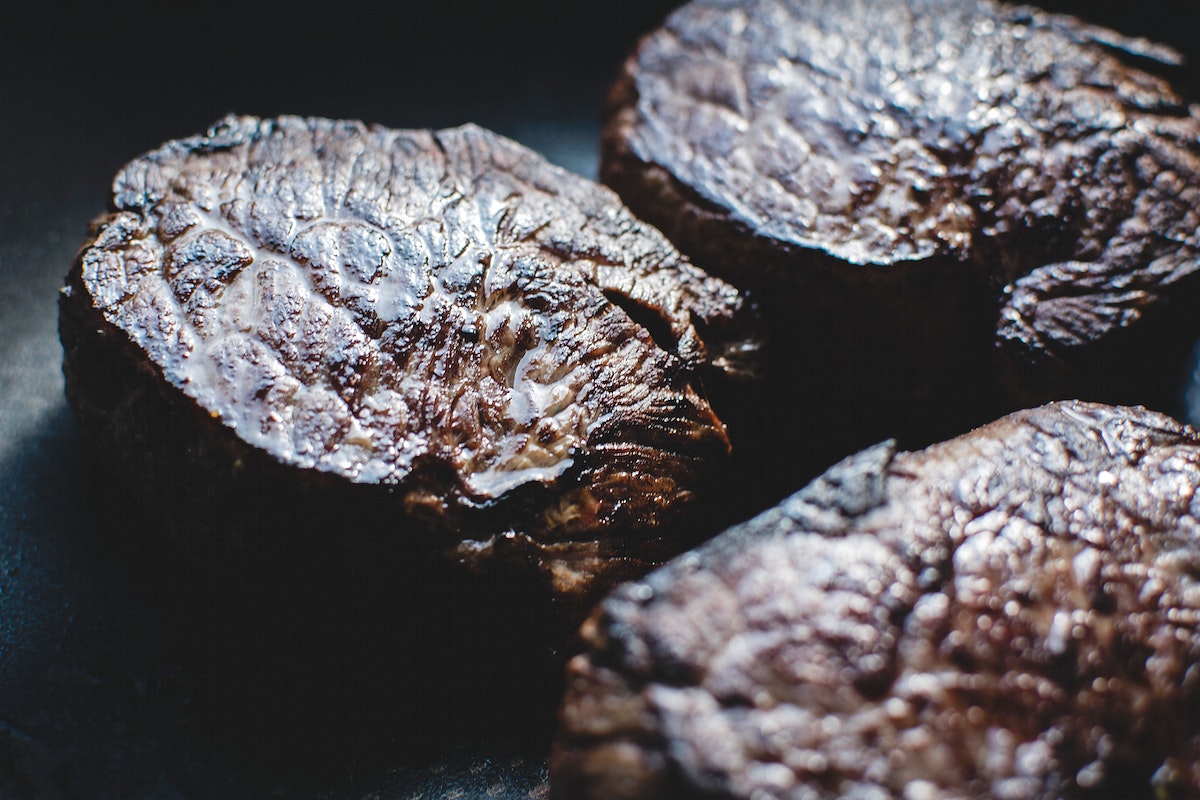
One thing to keep in mind when cooking meats is that they typically lose around 25% of their weight due to water loss during preparation. To calculate the nutrition value for cooked meat, divide by 0.75. This will account for any water loss and ensure the same amount of calories and nutrients are present as when it was raw.
Another way to calculate the nutritional value of cooked meat is to multiply its raw weight by the desired number of servings. You can do this easily with a kitchen scale or by eye. If you don’t have access to one, look at the packaged weight of the meat and use that for calculating how many portions are needed.
Calculating the nutrition of beef involves accounting for the differences between raw and cooked meat. The cooking process can affect the nutrient content of beef, so it’s important to use different values when calculating the nutrition of raw vs. cooked beef. Here’s how to do it:
- Determine the weight of the raw beef: To calculate the nutrition of cooked beef, you first need to know the weight of the raw beef you started with. This will help you calculate the nutrition per 100 grams of meat.
- Cook the beef: Cook the beef as desired, making note of any added ingredients such as oils or sauces.
- Weigh the cooked beef: Once the beef is cooked, weigh it again to determine the weight of the cooked meat.
- Use nutrition data for cooked beef: When calculating the nutritional value of cooked beef, use nutrition data for the specific cooking method used. For example, if you roasted the beef, use data for roasted beef. If you grilled the beef, use data for grilled beef.
- Adjust for weight loss: When cooking beef, some of the moisture and fat is lost, which can affect the nutritional value. To account for this, you can use the following formula:Nutrition per 100g of cooked beef = (Nutrition per 100g of raw beef x weight of raw beef) / weight of cooked beef
For example, if you started with 500 grams of raw beef and ended up with 400 grams of cooked beef, and the raw beef had 25 grams of protein per 100 grams, the calculation would be:
Nutrition per 100g of cooked beef = (25 x 500) / 400 = 31.25 grams of protein per 100g of cooked beef.
By following these steps, you can accurately calculate the nutritional value of raw and cooked beef.
How to Calculate Nutrition of Raw vs. Cooked Turkey
Many people rely on turkey as a major component of their weekly meal plans. It’s a lean meat with plenty of nutritional value, boasting high levels of protein, omega-3 fatty acids and potassium while being low in fat and sodium. Furthermore, turkey offers numerous vitamins and minerals like Vitamin B12, C, chromium, iron and zinc.
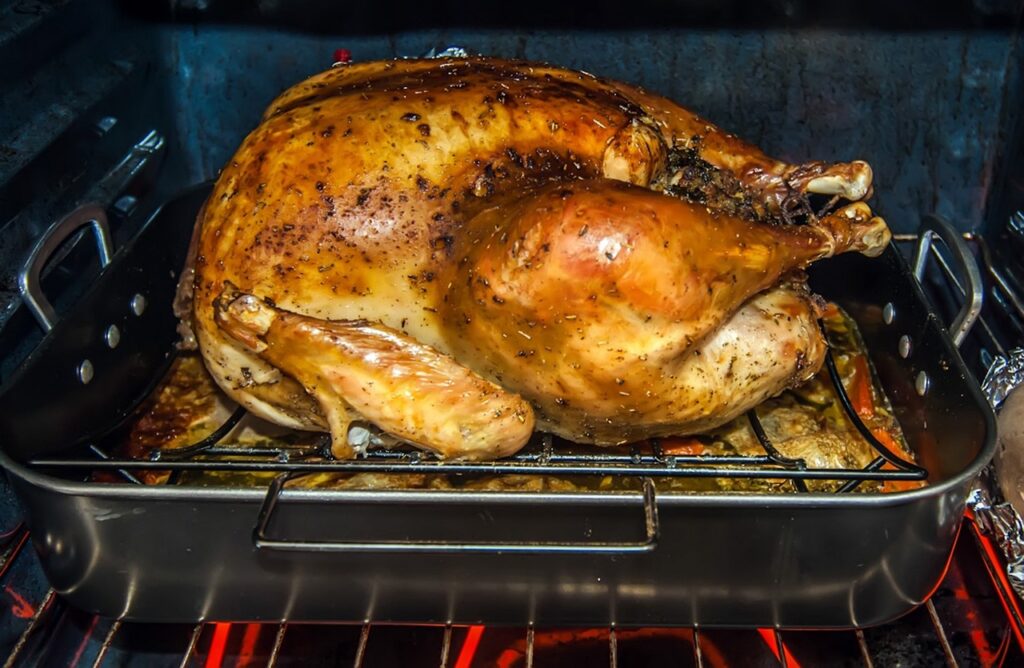
Calculating the nutritional content of proteins and other food items is simple with a few tools. Weigh raw or cooked products, measure their volume and compare it with what’s written on their label – an easy task that most people can manage daily. In most grocery stores you should be able to find pertinent calorie and ingredient details for most items. To maximize nutritional benefit from meals, follow a balanced diet that incorporates plenty of fresh produce such as fruits and vegetables into each meal.
Calculating the nutrition of turkey requires accounting for the differences between raw and cooked meat. The cooking process can affect the nutrient content of turkey, so it’s important to use different values when calculating the nutrition of raw vs. cooked turkey. Here’s how to do it:
- Determine the weight of the raw turkey: To calculate the nutrition of cooked turkey, you first need to know the weight of the raw turkey you started with. This will help you calculate the nutrition per 100 grams of meat.
- Cook the turkey: Cook the turkey as desired, making note of any added ingredients such as oils or sauces.
- Weigh the cooked turkey: Once the turkey is cooked, weigh it again to determine the weight of the cooked meat.
- Use nutrition data for cooked turkey: When calculating the nutritional value of cooked turkey, use nutrition data for the specific cooking method used. For example, if you roasted the turkey, use data for roasted turkey. If you grilled the turkey, use data for grilled turkey.
- Adjust for weight loss: When cooking turkey, some of the moisture and fat is lost, which can affect the nutritional value. To account for this, you can use the following formula:Nutrition per 100g of cooked turkey = (Nutrition per 100g of raw turkey x weight of raw turkey) / weight of cooked turkey
For example, if you started with 500 grams of raw turkey and ended up with 400 grams of cooked turkey, and the raw turkey had 22 grams of protein per 100 grams, the calculation would be:
Nutrition per 100g of cooked turkey = (22 x 500) / 400 = 27.5 grams of protein per 100g of cooked turkey.
By following these steps, you can accurately calculate the nutritional value of raw and cooked turkey.
Ilana has been a vegan for over 10 years. She originally made the switch for health reasons, but soon found herself becoming more and more passionate about the ethical and environmental implications of a vegan lifestyle. Ilana is the author of The Graceful Kitchen, a blog all about veganism. She loves to cook up delicious and nutritious vegan meals, and share her recipes with others who are interested in leading a cruelty-free life. Ilana is also a strong advocate for using whole foods as the foundation of a healthy diet, and believes that going vegan is one of the best ways to achieve this.




